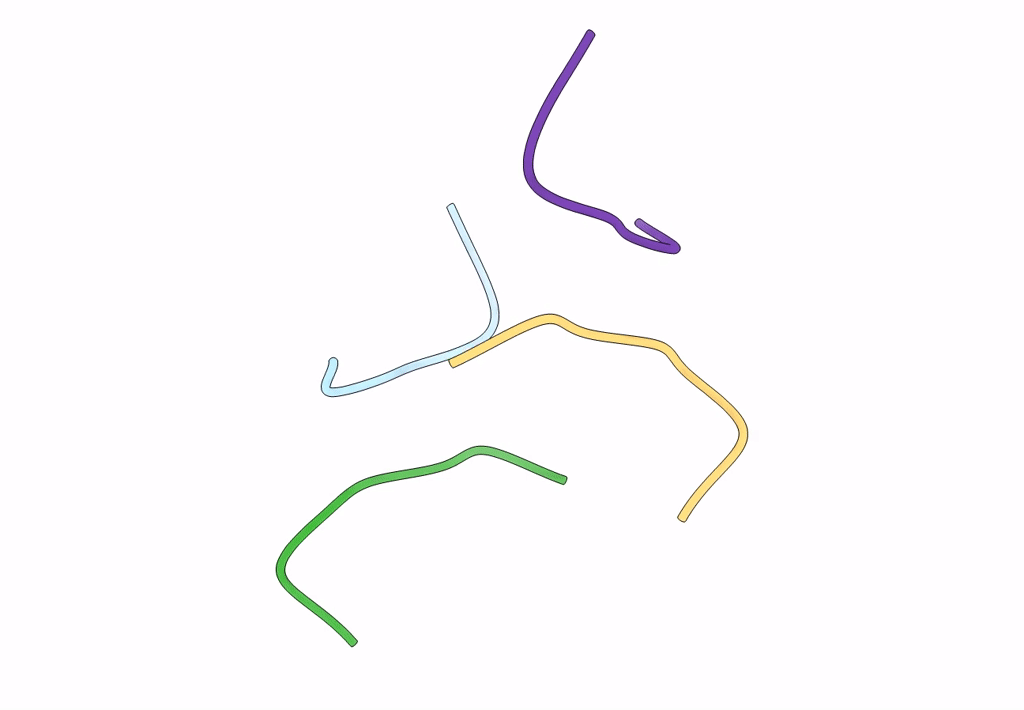
Deposition Date
2023-03-16
Release Date
2023-06-21
Last Version Date
2024-09-11
Method Details:
Experimental Method:
Resolution:
0.90 Å
R-Value Free:
0.13
R-Value Work:
0.11
Space Group:
P 1 21 1


